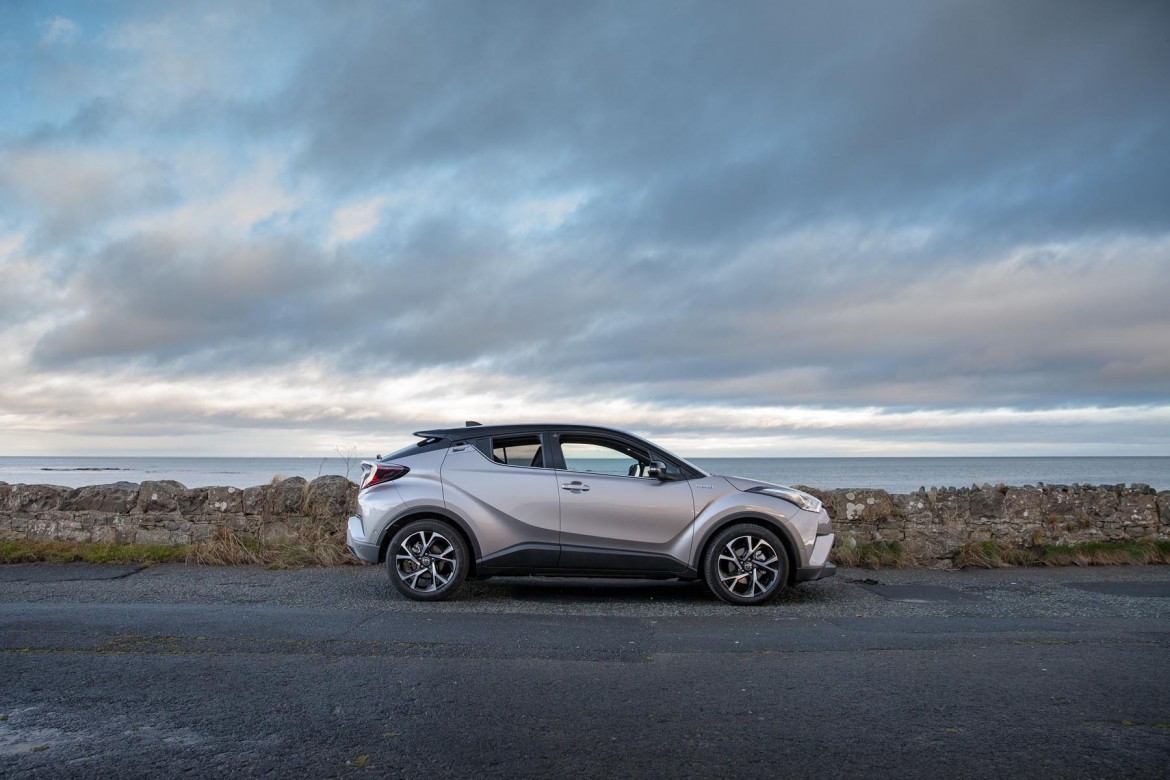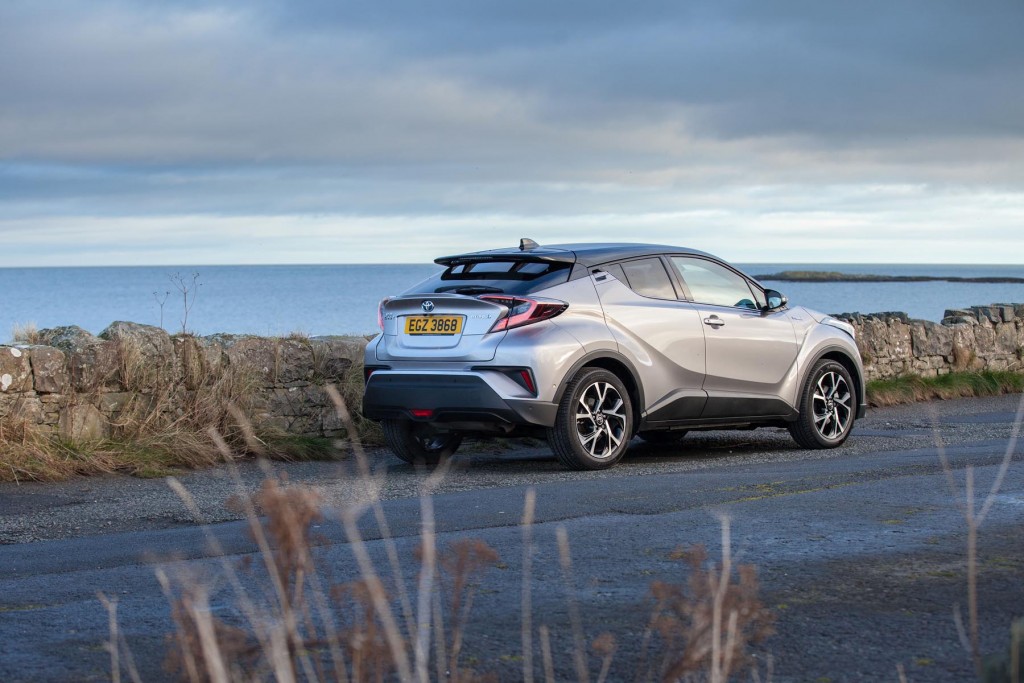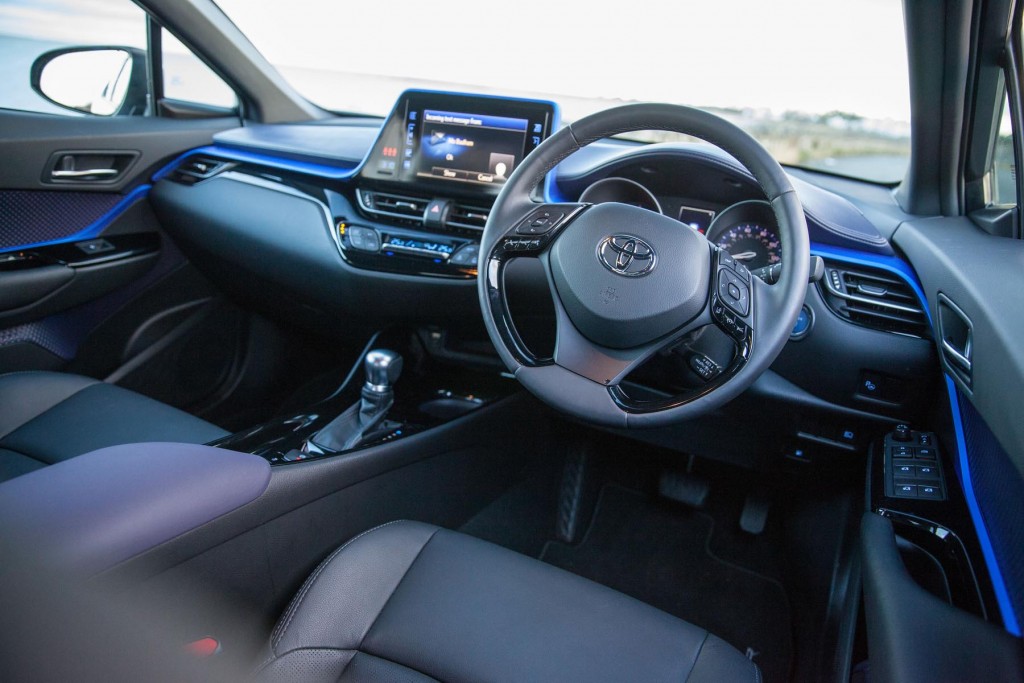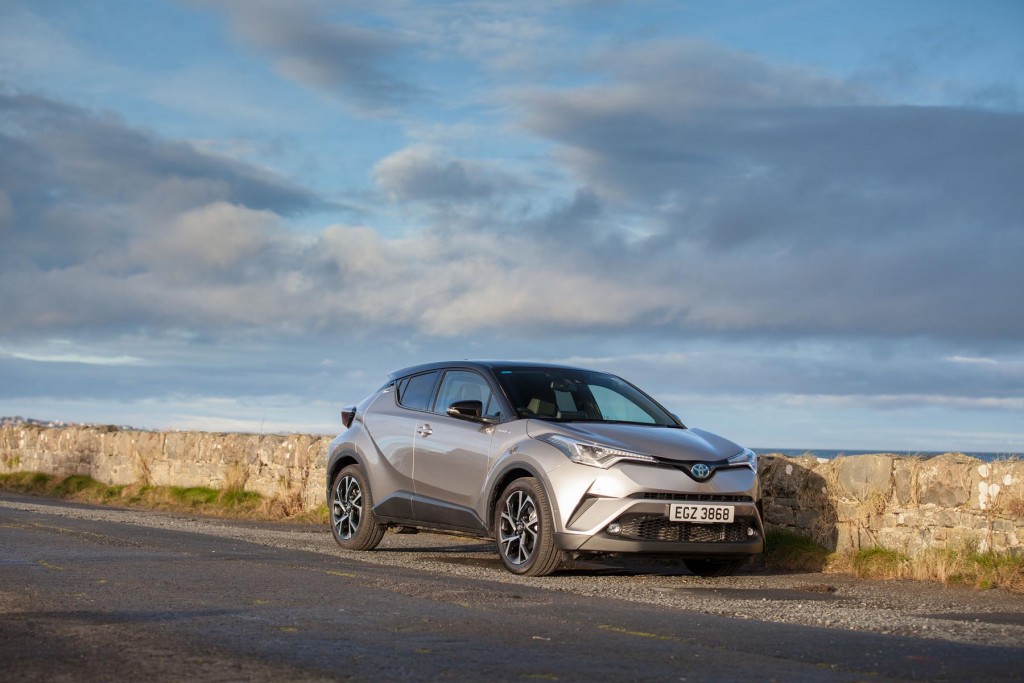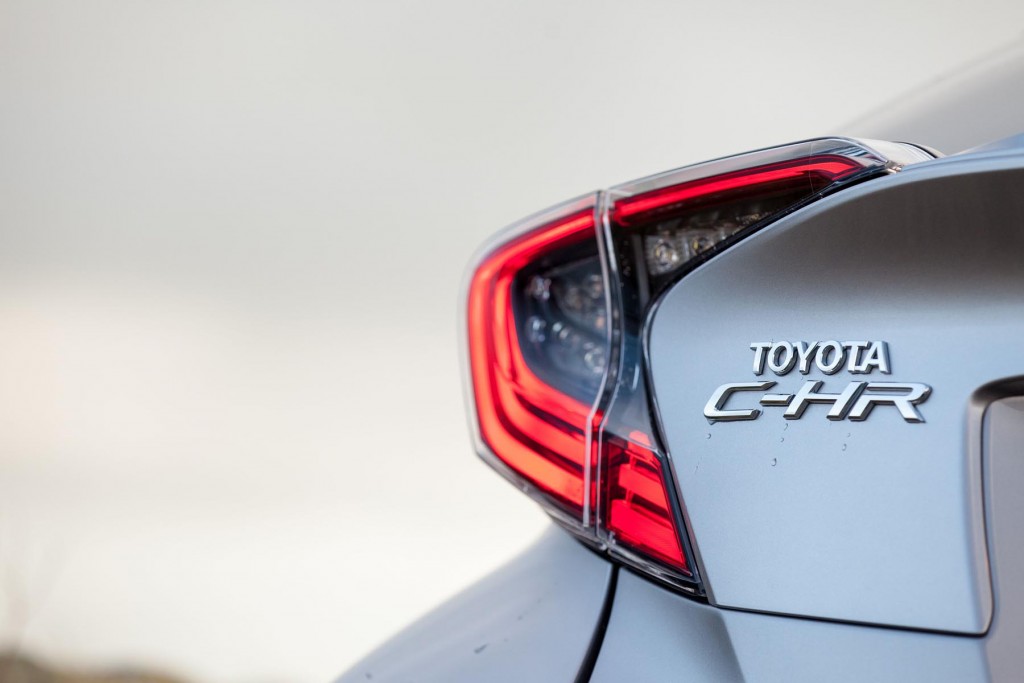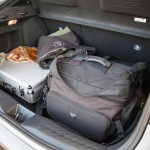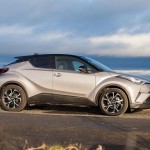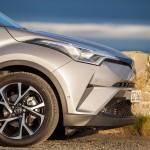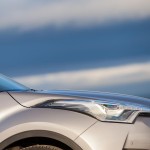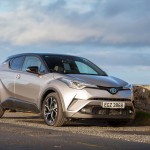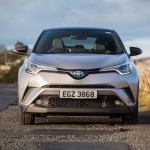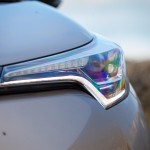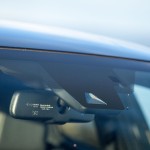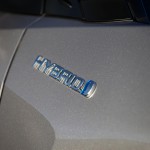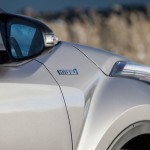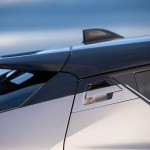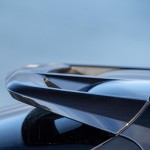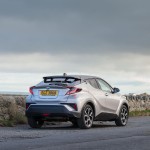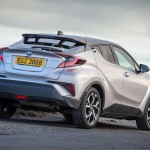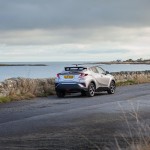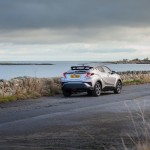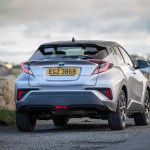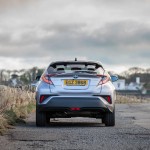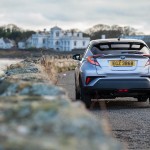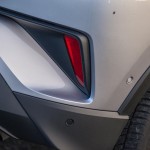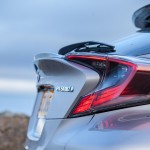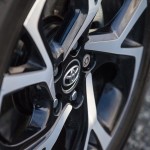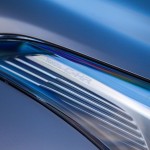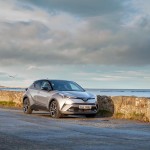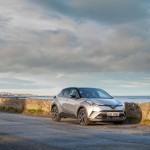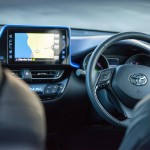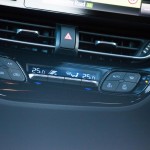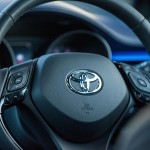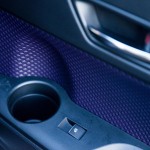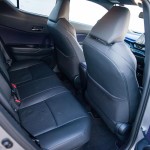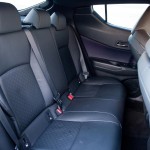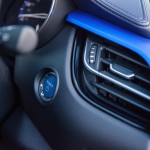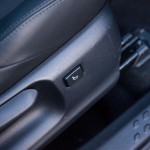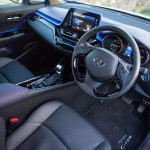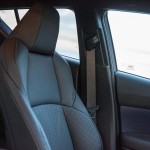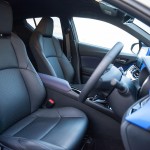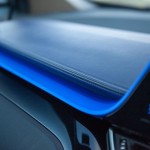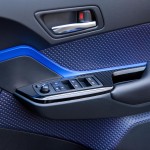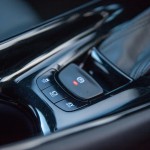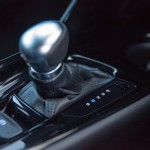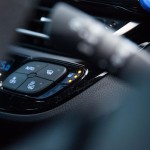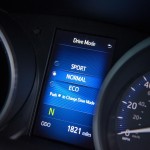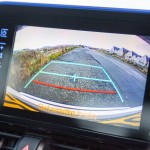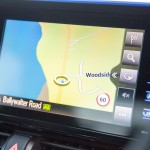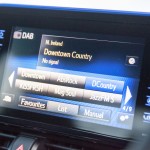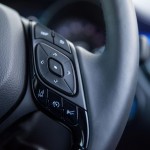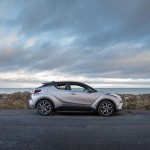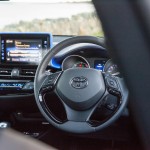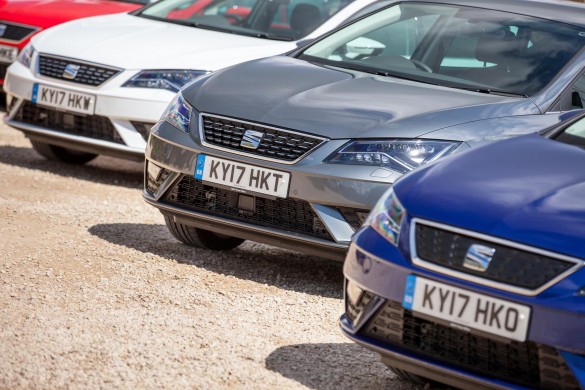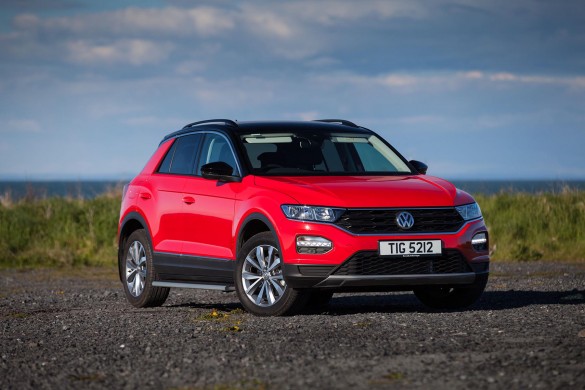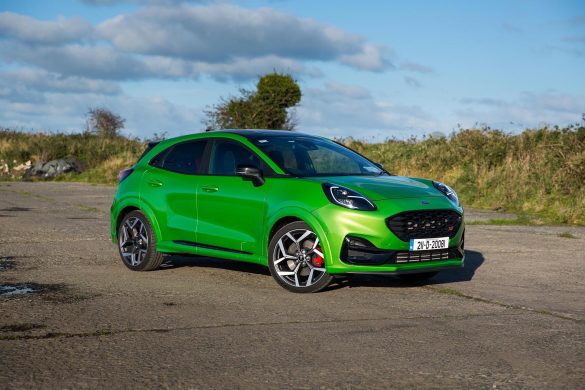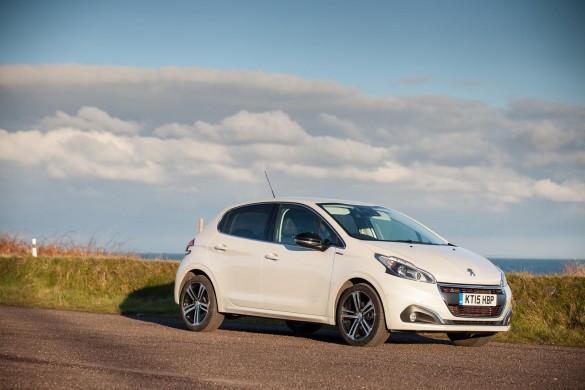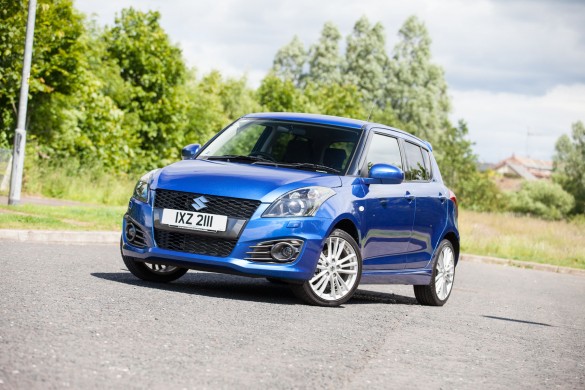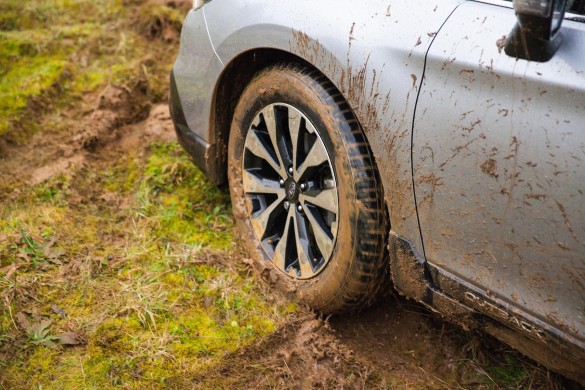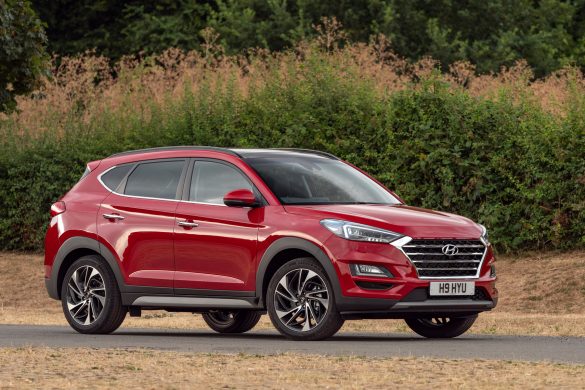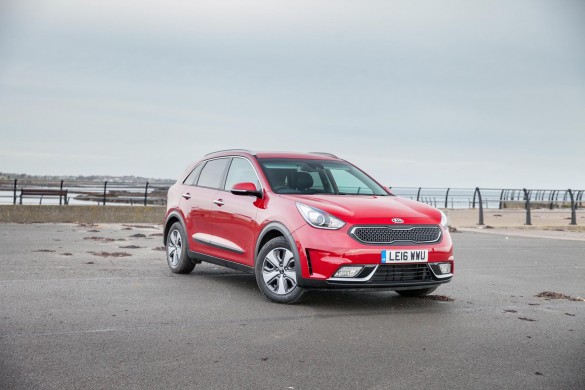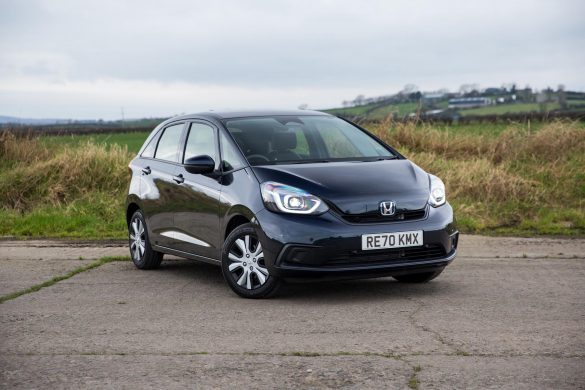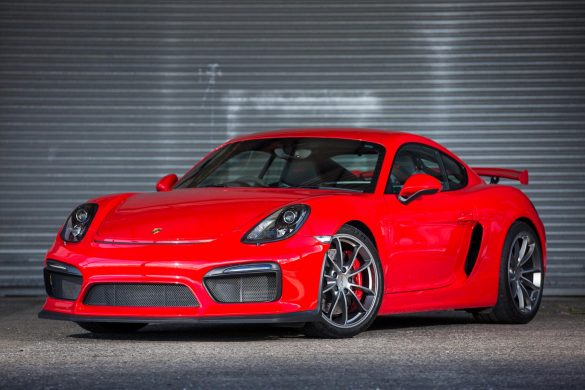Toyota recently introduced the C-HR into the highly popular and competitive SUV market and it enters the segment screaming out loud with its daring design.
Design that most certainly won’t be to everyone’s taste, however love it or loath it, you certainly won’t miss it on our roads and for any business owner, I feel the C-HR is prime as an affordable mobile bill board.
For those interested in the C-HR for nothing more than a daily commute or family wagon then you will be kept safe as the C-HR comes as standard equipped with; ‘pre-collision system with pedestrian detection’, ‘lane departure alert’, ‘automatic high beam assist’, ‘adaptive cruise control’ and ‘reverse camera’.
At a glance the C-HR reveals a blend of angles, curves and waves that really shouldn’t work together and maybe they don’t, that is not for me to decide, but whatever way the design team stumbled upon this concept, it works as I think it looks very funky and appealing.
LED lighting technology seems to be the norm for most new cars and the C-HR is no different whilst the lower quarter of the car is finished in a durable black plastic protecting it from mountainous terrain that it will never see and on this model tested privacy glass features at the rear with a gloss black roof.
The rear doors have the smallest windows around for a five door, which affects rear visibility slightly with a slightly awkward flushed door handle positioned up against the roof line that wouldn’t be easily reached by younger members of a family who may want to clamber into the C-HR in a rush.
Around the rear is where the C-HR looks it’s most futuristic with a massive roof spoiler flowing over the rear window whilst the light clusters create their own sculptural art as they protrude from the body with a small lip spoiler running between the lighting across the boot.
Load space in the boot is surprisingly ample, coping with all of my camera gear with ease meaning young family life shouldn’t be an issue and even for those with grass sport hobbies there will be more than enough room for a few kit bags.
Inside the C-HR is typically Japanese but much better than other brands that come from the land of the rising sun by the fact that it does offer a decent amount of soft touch material and some thoughtful ergonomic design, though one area that would benefit from softer materials on the C-HR is the doors.
A diamond pattern seems to run across the inside from the shape of the dual climate control switch-gear on the dash, to embossed shapes on the roof liner right through to the funky purple hard plastic on the doors with the continuing diamonds.
Inside is colourfully funky with this model receiving the full heated leather upgrade and being the top of the range Dynamic it receives an anodised blue swoosh that flows off the doors and right across the dash whilst the top of the dash and central armrest are finished in a plum leatherette with the same colour featuring on the door inserts.
A mass of storage areas feature with most of them being capable of not only keeping a warm brew from spilling but also bottles as well. The seats are comfortable with a great driving position and rear room I would say is reasonable and will suit the needs of most owners.
All models come with Toyota’s Touch 2 system which, via the 7” touch screen built into the dash offers radio, DAB radio, USB input and Bluetooth and is a very easy system to use. A JBL Premium Audio upgrade is available which offers superior sound from the upgraded speakers.
Spec wise, three models are available with the entry level ‘Icon’ starting somewhere around £20k receiving 17” alloy wheels and cloth interior whilst the ‘Excel’ adds 18” 10 spoke alloy wheels, heated half leather, sat nav, privacy glass, front and rear parking sensors and key-less entry.
This middle of the road model is also equipped with blind spot monitoring, rear cross traffic alert, lane change assist and inside the purple areas of the model we drove are finished in brown with a silver swoosh across the dash.
The range topping ‘Dynamic’ as tested could stand you close to £30k with some options added and this model further adds 18” 5 twin spoke alloy wheels, heated two tone fabric seating, black roof and pillars, purple and blue features inside as talked about previously as well as auto folding mirrors and LED headlamps and fog lamps.
Power and drive-trains available for the C-HR, depending on which model you opt far are as follows; a front wheel drive, 1.2 turbocharged petrol engine (£130/yr tax) producing 113bhp is equipped to a manual gearbox and provides the only manual option.
Front wheel drive C-HR’s with an automatic transmission can have either the 1.2 engine as mentioned (£130/yr tax) or the 1.8 petrol hybrid as tested which produces 120bhp with zero road tax.
Finally there is an all-wheel drive option which is only available with the 1.2 turbocharged petrol engine combined to the automatic gearbox with annual tax coming in at £145 and for those living outside the big smoke, could prove to be a popular choice.
All models have a 0-60mph of around the 11 seconds mark which despite not providing any thrills is more than suitable for this SUV and more than enough for most owners whilst the automatic ‘CVT’ gearbox may not be to the liking of many, has it merits.
On the road the C-HR is a great car to drive and over a weekend with the Dynamic model thanks to Conor at Charles Hurst Toyota Belfast I didn’t get bored or tired of driving it like I would with some other cars within this segment which means it is doing something right.
The 1.8 tree hugging hybrid engine pulls well and will return 50mpg on real world combined driving, though I found that this engine combined to the CVT ‘box got a little noisy when accelerating hard which is just the nature of such a combination.
With all things Japanese, reliability is key and the Toyota C-HR is no different as it brings with it a 5 year, 100k mile warranty making it worth a look compared to the likes of the Kia Niro or Mitsubishi Outlander.
Words and Photos: Graham Curry
